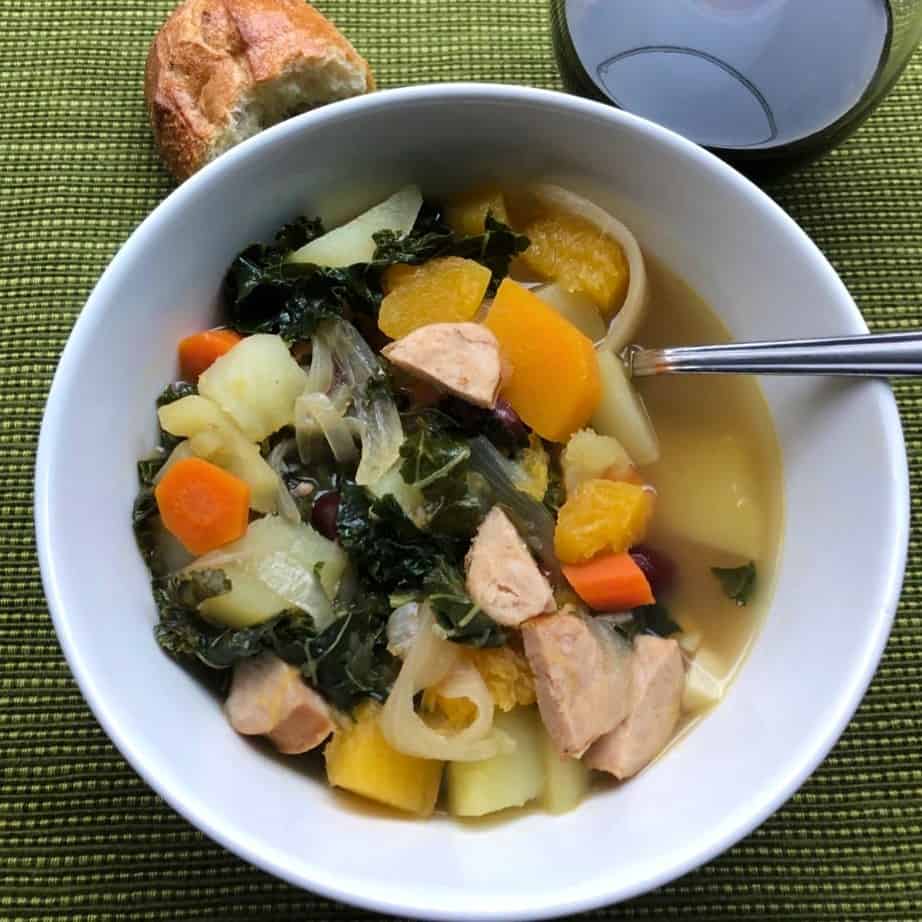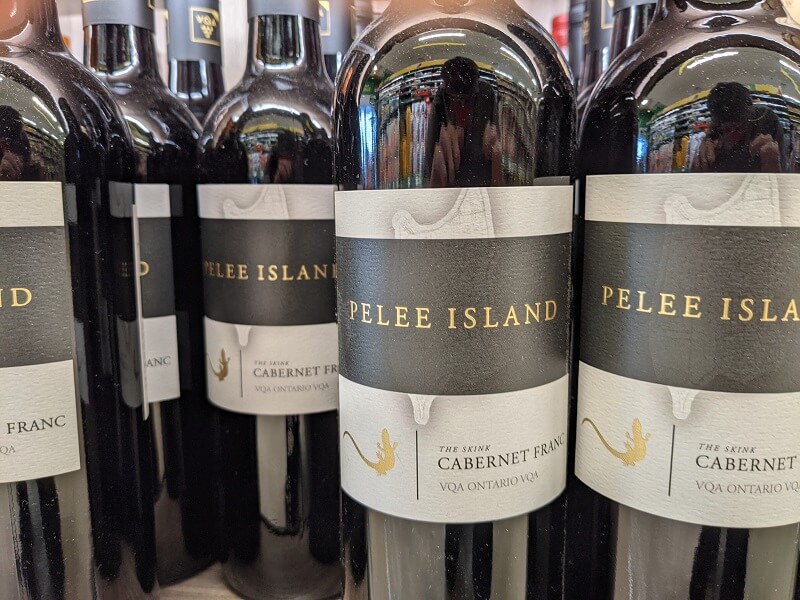Embark on a culinary journey with cabernet franc food pairing, where the bold flavors of this captivating grape variety dance harmoniously with an array of dishes. Cabernet Franc’s unique characteristics, marked by its vibrant acidity, firm tannins, and subtle herbal notes, make it a versatile companion for a diverse range of cuisines.
From succulent red meats to delicate vegetarian delights, discover the perfect pairings that elevate both the wine and the culinary experience.
Introduction: Cabernet Franc Food Pairing

Cabernet Franc is a medium-bodied red grape variety originally from the Bordeaux region of France. It is known for its distinctive flavors and aromas, including notes of red fruit, bell pepper, and spice. Cabernet Franc is often blended with other grapes, such as Cabernet Sauvignon and Merlot, to create complex and balanced wines.
Characteristics
Cabernet Franc grapes are relatively small and have a thick skin. This gives the resulting wines high tannins, which can contribute to a firm and structured texture. The wines are typically medium-bodied, with moderate acidity and alcohol levels. The flavors and aromas of Cabernet Franc wines can vary depending on the climate and soil conditions in which the grapes are grown, but they often exhibit notes of red fruit, such as raspberry and cherry, as well as herbaceous notes, such as bell pepper and tobacco.
Blending
Cabernet Franc is often blended with other grapes to create complex and balanced wines. In Bordeaux, it is typically blended with Cabernet Sauvignon and Merlot to create the classic Bordeaux blend. This blend combines the structure and tannins of Cabernet Franc with the power and fruitiness of Cabernet Sauvignon and the softness and roundness of Merlot.
Cabernet Franc can also be blended with other grapes, such as Malbec and Petit Verdot, to create unique and interesting wines.
Food Pairing Guidelines
General Principles
Pairing food with Cabernet Franc requires understanding its unique characteristics. Its acidity, tannins, and body play crucial roles in determining suitable pairings.Acidity contributes freshness and structure to the wine, balancing rich dishes and cleansing the palate. Tannins provide bitterness and astringency, requiring dishes with fat or protein to soften their impact.
The body, or weight, of the wine influences the richness of the food it pairs well with. Lighter-bodied Cabernet Francs complement delicate dishes, while fuller-bodied wines demand more substantial fare.
Specific Food Pairings

Cabernet Franc is a versatile wine that pairs well with a wide range of dishes. Its medium body, moderate tannins, and bright acidity make it an excellent choice for both red and white meats, as well as poultry and seafood.
Here are some specific food pairing suggestions for Cabernet Franc:
Red Meats
Cabernet Franc’s tannins and acidity complement the richness of red meats, such as:
- Grilled or roasted lamb chops
- Beef tenderloin with a red wine sauce
- Venison stew
The tannins in the wine help to cut through the fat in the meat, while the acidity brightens the flavors and balances the heaviness of the dish.
Poultry
Cabernet Franc’s tannins and acidity also enhance the flavors of poultry, such as:
- Roasted chicken with herbs
- Grilled turkey breast with a fruit glaze
- Duck confit
The tannins in the wine add structure to the poultry, while the acidity cuts through the richness of the meat and brightens the flavors.
Seafood
Cabernet Franc’s acidity balances the richness of seafood, such as:
- Grilled salmon with a lemon-herb sauce
- Roasted halibut with a white wine sauce
- Steamed mussels with a garlic-white wine broth
The acidity in the wine cuts through the fattiness of the fish and brightens the flavors, while the tannins add a touch of structure.
Vegetarian Dishes
Cabernet Franc’s herbal notes complement the flavors of vegetarian dishes, such as:
- Grilled portobello mushrooms with a balsamic glaze
- Roasted eggplant with a tomato-herb sauce
- Lentil soup with a side of crusty bread
The herbal notes in the wine add depth and complexity to the flavors of the vegetables, while the acidity brightens the flavors and balances the richness of the dish.
Regional Cuisines

Cabernet Franc’s versatility extends beyond its traditional pairings, making it a sought-after companion for cuisines from around the world. Let’s delve into its culinary compatibility with French, Italian, and other international cuisines.
French Cuisine
In the Loire Valley, Cabernet Franc’s birthplace, it is traditionally paired with dishes that showcase its elegant structure and bright acidity. Classic French pairings include:
- Grilled salmon with beurre blanc
- Roast chicken with herbs de Provence
- Cheese platter featuring goat cheese, brie, and camembert
Italian Cuisine, Cabernet franc food pairing
Cabernet Franc’s acidity complements the richness of Italian sauces. Its medium body and subtle tannins balance the flavors of dishes such as:
- Pasta with tomato sauce and basil
- Osso buco with saffron risotto
- Grilled lamb chops with rosemary
Other International Cuisines
Cabernet Franc’s versatility shines in its pairings with cuisines from around the world. It harmonizes with:
- Grilled tuna with soy-ginger glaze (Japanese)
- Chicken tikka masala (Indian)
- Tacos al pastor (Mexican)
Serving Suggestions
To fully appreciate the flavors and aromas of Cabernet Franc, it’s essential to serve it at the appropriate temperature and consider decanting before pouring.
Temperature
The ideal serving temperature for Cabernet Franc is between 15-18°C (59-64°F). At this temperature, the wine’s flavors are balanced, and its aromas are vibrant. Serving Cabernet Franc too cold can mute its flavors, while serving it too warm can make it taste unbalanced and overpowering.
Decanting
Decanting Cabernet Franc allows the wine to breathe and develop its full potential. Decanting removes any sediment that may have settled at the bottom of the bottle and exposes the wine to oxygen, which helps soften tannins and enhance aromas.
It is recommended to decant Cabernet Franc at least 30 minutes before serving.
Frequently Asked Questions
What are the key characteristics of cabernet franc?
Cabernet Franc is known for its medium to full body, vibrant acidity, firm tannins, and subtle herbal notes.
How does cabernet franc pair with red meats?
The firm tannins and acidity of cabernet franc complement the richness and fattiness of red meats, creating a harmonious balance.
Can cabernet franc be paired with seafood?
Yes, the acidity of cabernet franc can balance the richness of fatty seafood, such as salmon or tuna.
